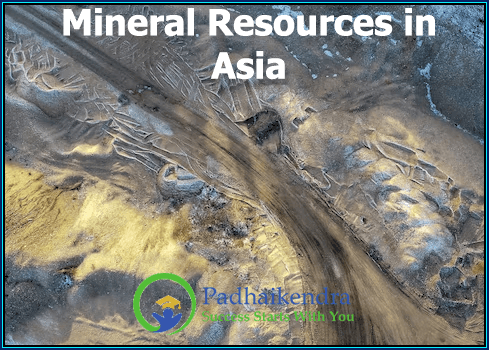Asia is a continent rich in mineral resources. The region is home to some of the world’s largest producers of minerals such as coal, iron ore, gold, and copper. The mineral industry in Asia is a vital contributor to the economies of many countries in the region, and mining is a major source of employment and foreign exchange earnings.
China is the largest producer and consumer of many minerals in Asia. The country is the world’s largest producer of coal, gold, and rare earth minerals. China also produces significant amounts of iron ore, lead, zinc, and copper. The country’s mineral industry is a key driver of economic growth and development, contributing over 6% of China’s GDP.
India is another significant player in the Asian mineral industry. The country is the world’s largest producer of mica and the third-largest producer of coal. India also produces significant amounts of iron ore, bauxite, and zinc. The mineral industry is an important contributor to the Indian economy, accounting for around 2.5% of the country’s GDP.
Indonesia is another country in Asia with significant mineral resources. The country is the world’s largest producer of nickel and tin and a significant producer of coal, copper, and gold. Indonesia’s mineral industry is a major contributor to the country’s economy, accounting for around 10% of GDP.
Other countries in Asia with significant mineral resources include Australia, Kazakhstan, Russia, and Mongolia. Australia is a major producer of iron ore, coal, gold, and other minerals, while Kazakhstan is a significant producer of uranium, copper, and zinc. Russia is the world’s largest producer of palladium and a significant producer of other metals, while Mongolia has significant reserves of coal, copper, and gold.
The mineral industry in Asia faces several challenges, including environmental concerns, declining ore grades, and competition from low-cost producers. The mining industry is also often associated with social and environmental issues such as land use conflicts, labor rights, and pollution. To address these challenges, the industry needs to adopt sustainable practices, such as responsible mining and environmental stewardship, and work closely with local communities and stakeholders.





